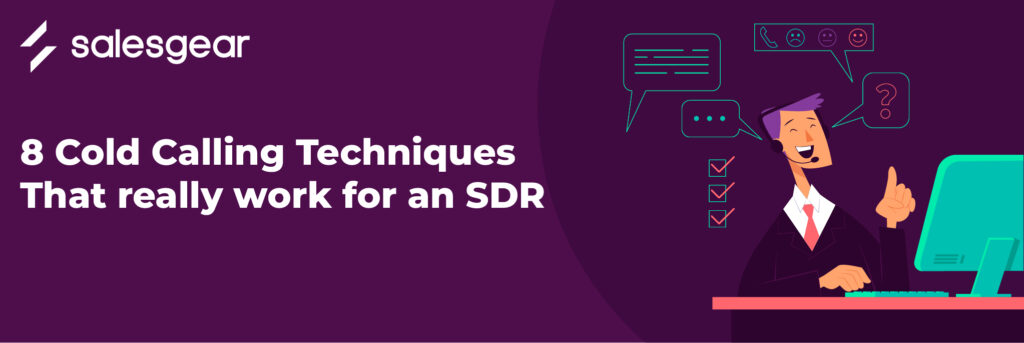
“Is cold calling dead?” B2B SaaS firms who believed that cold calling no longer works actually witnessed 42% less growth compared to others who swear by cold calling. Let’s look at some of the cold calling techniques that really work!
Cold calling is the process of reaching out to potential customers via phone or other means without a prior relationship. It’s an important part of the sales process for SDRs as it helps them to generate new leads and identify potential customers who may be interested in their company’s products.
The success of a cold call depends on several factors-
- The opening statement,
- Social proof,
- Engaging questions,
- Addressing pain points,
- Personalization,
- Creating urgency, and
- Strategic follow-up.
In this article, we’ll focus on the 8 cold calling techniques that really work for SDRs.
Craft a Compelling Opening Statement
The opening statement is the first impression that a potential customer will have of you and your company. It’s important to make it count. A strong opening statement should capture the customer’s attention and create interest in what you have to say.
Some tips for crafting a compelling opening statement
- Start with a greeting and introduce yourself and your company.
- Use a hook to grab the customer’s attention. For example, “Did you know that 75% of companies in your industry are struggling with X problem?”
- Offer a benefit. For example, “We help companies like yours save up to 30% on their expenses.”
- Ask a question to engage the customer. For example, “Can I ask you a quick question about your current vendor?”
- Use humor, if appropriate. For example, “I promise not to sing, but can I have 60 seconds of your time?”
Here are some examples of effective opening statements:
- “Hi, this is John from XYZ. We’ve helped over 100 companies in your industry increase their revenue by 20%. I’m calling today to see if we can do the same for you.”
- “Good morning, my name is Sarah and I’m calling from ABC. I noticed that your company has been growing rapidly and I wanted to discuss how we can help you streamline your processes to support that growth.”
- “Hi there, this is Tom calling from 123. I was doing some research on your company and noticed that you recently expanded into a new market. I wanted to learn more about your strategy and see if we can help you achieve your goals.”
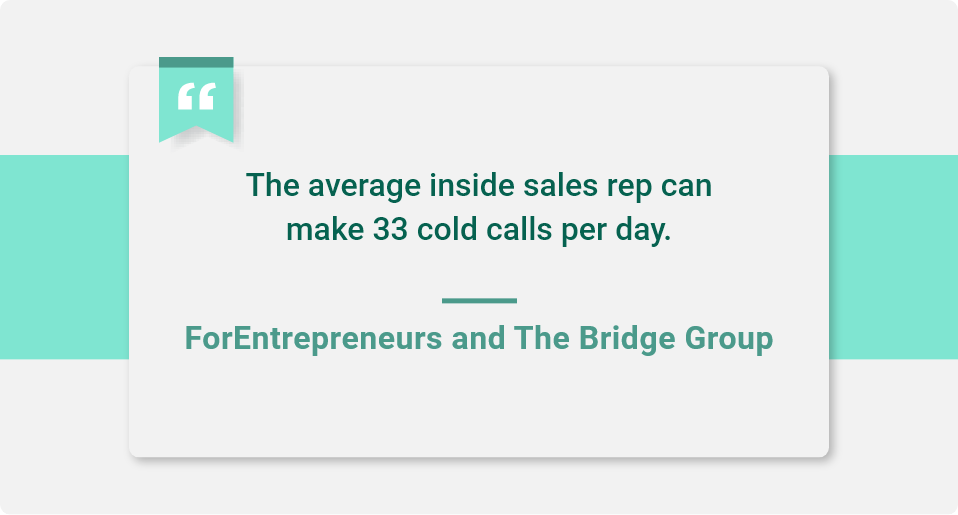
Tips for creating a memorable first impression:
- Speak clearly and confidently.
- Use the customer’s name, if possible.
- Smile, even though the customer can’t see you.
- Be polite and respectful.
- Avoid using industry jargon or technical terms that the customer may not understand.
- By following these tips and examples, you can create a compelling opening statement that captures the customer’s attention and sets the stage for a successful cold call.
Suggested Read: The Winning script for a cold call. Before making a call, almost 42% of sales reps say that they don’t have enough data on their prospects. Be prepared with relevant information beforehand. Check out the blog to know further.
Leverage Social Proof
Social proof is a psychological phenomenon where people rely on the actions and opinions of others to make decisions. In the context of cold calling, social proof can be a powerful tool to establish credibility and build trust with potential customers.
Here are some ways to use social proof during a cold call
- Mentioning other customers who have had success with your product or service.
- Sharing statistics or data that demonstrate the effectiveness of your product or service.
- Referring to industry experts or well-known companies who have endorsed your product or service.
- Offering customer testimonials or case studies.
Examples of successful social proof techniques
- “We’ve helped over 500 companies in your industry save an average of 20% on their expenses.”
- “Our product is recommended by the top industry analysts, including Gartner and Forrester.”
- “One of our recent customers, ABC Company, saw a 30% increase in revenue after using our service.”
- “Here’s what one of our customers had to say about our product…” (followed by a customer testimonial)
Ask Engaging Questions
Asking engaging questions is a key component of a successful cold call. It helps to build rapport with the customer and encourages them to share information about their business and their needs.
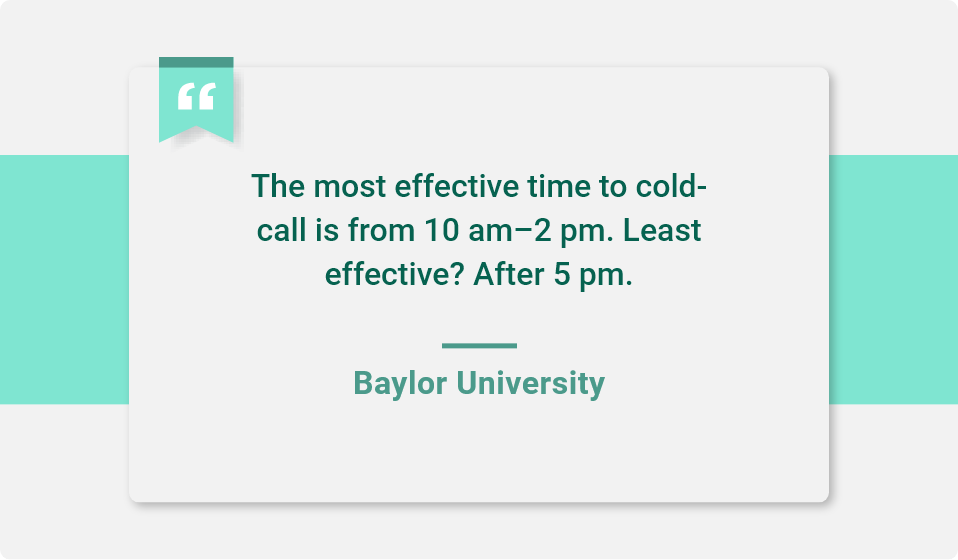
Some examples of open-ended questions that can help to engage potential customers
- “Can you tell me a little about your business and the challenges you’re currently facing?”
- “What prompted you to start looking for a new vendor?”
- “How do you currently handle X problem?”
- “What goals do you have for your business over the next year?”
Tips for engaging potential customers through questions
- Listen actively and respond to their answers.
- Avoid asking yes or no questions.
- Use the customer’s name to personalize the conversation.
- Use questions to guide the conversation toward your product or service.
- Don’t ask too many questions – keep the conversation flowing naturally.
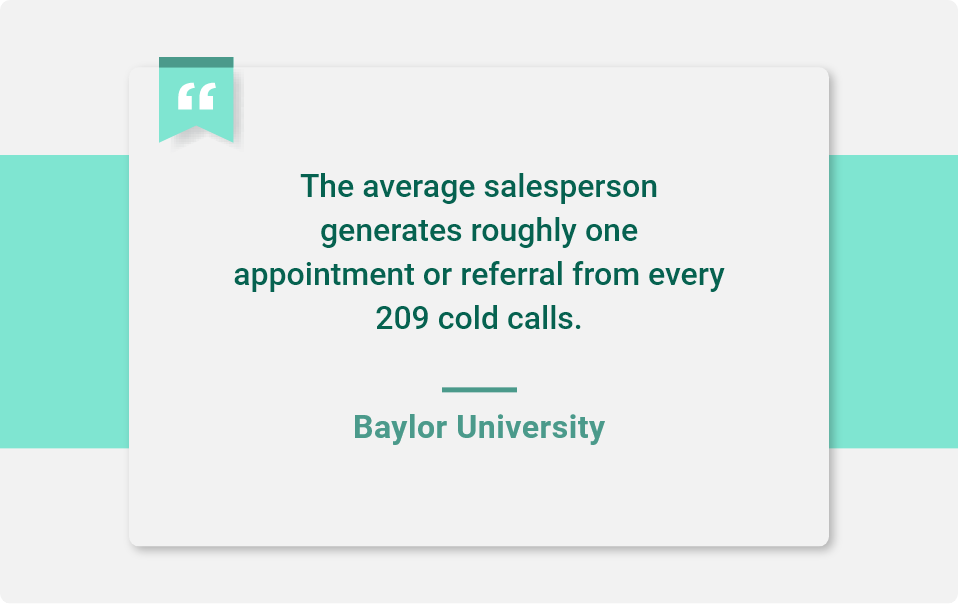
Address Pain Points
Pain points are the challenges or specific problems that a potential customer is facing in their business. Addressing these pain points during a cold call can demonstrate that you understand their needs and can offer a solution that will help them to overcome these challenges.
Identify potential customers’ pain points
- Research their company and industry to understand common challenges and pain points.
- Ask engaging questions to learn more about their business and specific pain points.
- Listen carefully to their responses to identify underlying issues.
Here are some examples of how to do that
- “I understand that one of the biggest challenges in your industry is X. Our product is specifically designed to address that challenge.”
- “We’ve worked with many companies in your industry who have struggled with the Y problem. Our service has helped them to overcome that challenge and achieve their goals.”
- “Based on what you’ve told me, it sounds like you’re looking for a solution that can help you to improve X. Our product can do just that.”
Use the Power of Silence
The power of silence is an often-overlooked technique in cold calling, but it can be a highly effective tool to establish control and influence the conversation.
Here’s how it works:
- After making a point or asking a question, pause and wait for the customer to respond.
- Avoid interrupting or filling the silence with unnecessary words.
- Use the silence to encourage the customer to provide more information or to consider your offer.
Benefits of using silence during a cold call:
- It can create a sense of anticipation and build tension.
- It allows the customer to process the information and respond thoughtfully.
- It can help to establish authority and control in the conversation.
Tips for implementing silence:
- Practice active listening and respond thoughtfully to the customer’s answers.
- Avoid using filler words such as “um” or “ah”.
- Don’t be afraid to use silence – it can be an effective tool to influence the conversation.
Personalize Your Approach
Personalization is key to making a cold call feel less intrusive and more engaging. By taking the time to research potential customers and tailor your approach to their specific needs, you can create a more meaningful conversation.
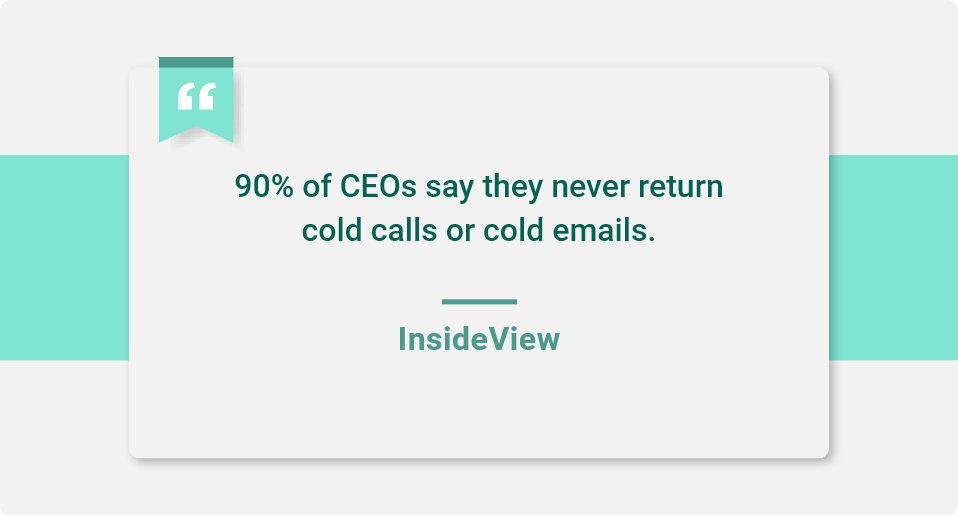
The image above shows how crucial personalizing the message should be.
Here are some ways to personalize a cold call
- Research the potential customer’s company and industry to understand their specific needs and pain points.
- Use the customer’s name and refer to their company in the conversation.
- Reference any previous interactions or conversations you may have had with the customer.
Examples of successful personalized approaches
- “I noticed on your website that you recently launched a new product. How has the response been so far?”
- “I saw that you’re based in XYZ city – I used to live there and loved it. How do you like doing business in that area?”
- “We spoke briefly at the ABC conference last year – I wanted to follow up and see how your business has been doing since then.”
Create a Sense of Urgency
Creating a sense of urgency can be a powerful motivator for potential customers to take action. By emphasizing the benefits of acting quickly, you can encourage them to make a decision in your favor.
Here’s how to create a sense of urgency during a cold call
- Emphasize the benefits of your product or service and how it can help the customer achieve their goals.
- Highlight any time-sensitive promotions or offers that may be available.
- Use scarcity – for example, by mentioning that your product or service is in high demand or has limited availability.
Examples of urgency scenarios
- “Our promotion is only available for the next 24 hours – if you sign up now, you’ll save 20% on our service.”
- “We’re currently running low on inventory for this product, so I would recommend acting quickly if you’re interested.”
- “Many of our customers have seen significant results within the first month of using our service – imagine what you could achieve if you started today.”
Follow Up Strategically
Following up after a cold call is essential to maintain momentum and increase the chances of a successful outcome.
According to Baylor University, an average sales rep spends around 7.5 hours cold-calling to secure one appointment or referral. Utilize these hours by following up with the prospects strategically.
Here are some tips for strategic follow-up
- Send a personalized follow-up email or message within 24 hours of the call.
- Provide additional information or resources that may be helpful to the customer.
- Set a clear timeline for the next steps and follow up accordingly.
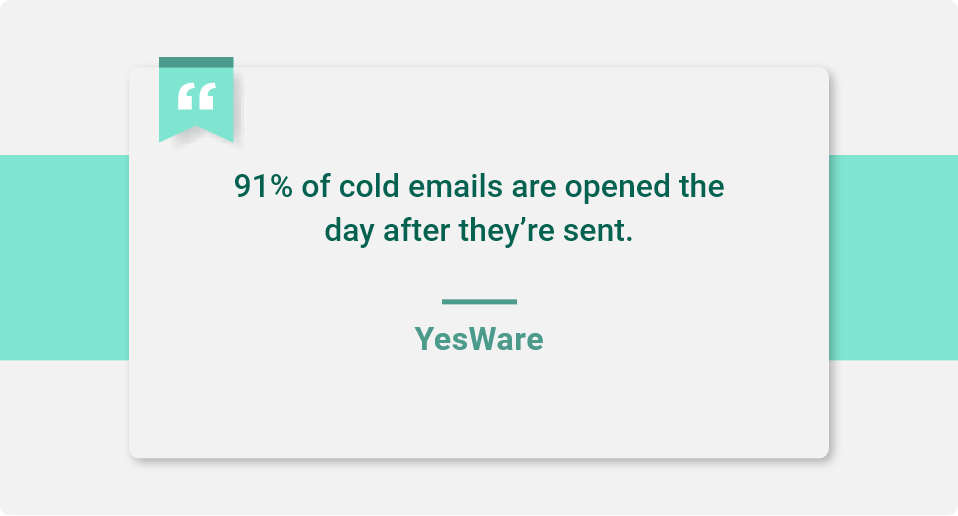
Examples of follow-up techniques
- “Thanks for taking the time to speak with me today. As promised, I’ve attached a case study that I think will be relevant to your business. Please let me know if you have any questions.”
- “Based on our conversation, it sounds like our product could be a great fit for your business. I’d love to schedule a follow-up call next week to discuss it further.
Suggested Read: Best Interval between your sales follow ups
Conclusion
In conclusion, cold calling can be a daunting task, but with the right techniques, it can be a highly effective tool for generating new business. By using these 8 cold calling techniques that really work, you can improve your chances of success and convert potential customers into loyal clients.
By implementing these techniques, you can not only improve your success rate but also make the cold calling process more enjoyable and less stressful. Remember, cold calling is a numbers game, and not every call will result in a sale.
However, by using these techniques consistently, you can increase your chances of success and achieve your goals as an SDR.